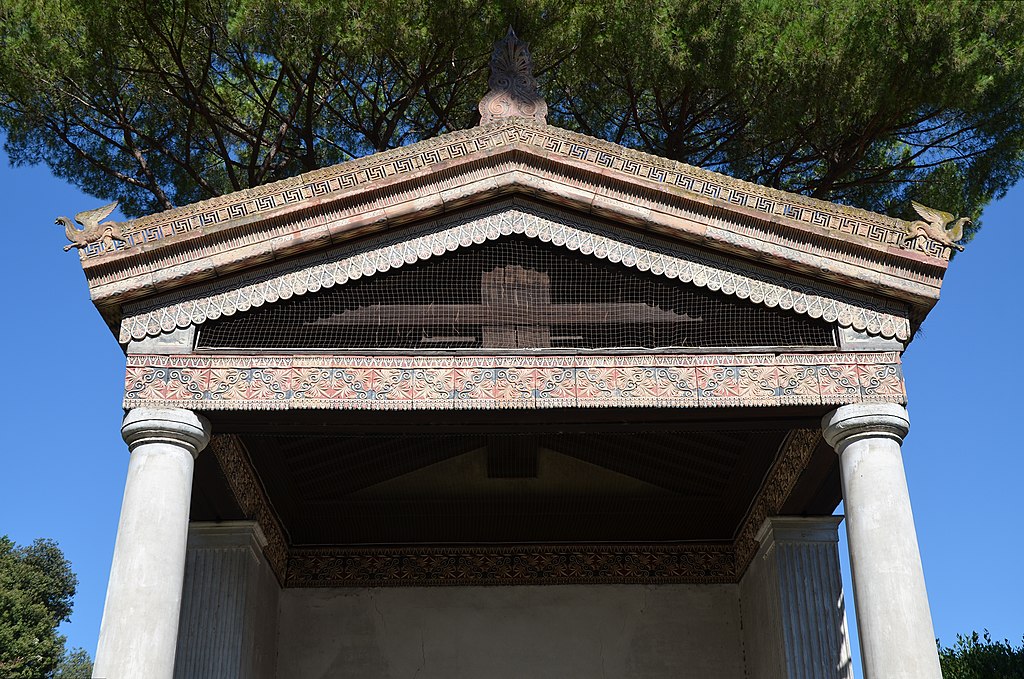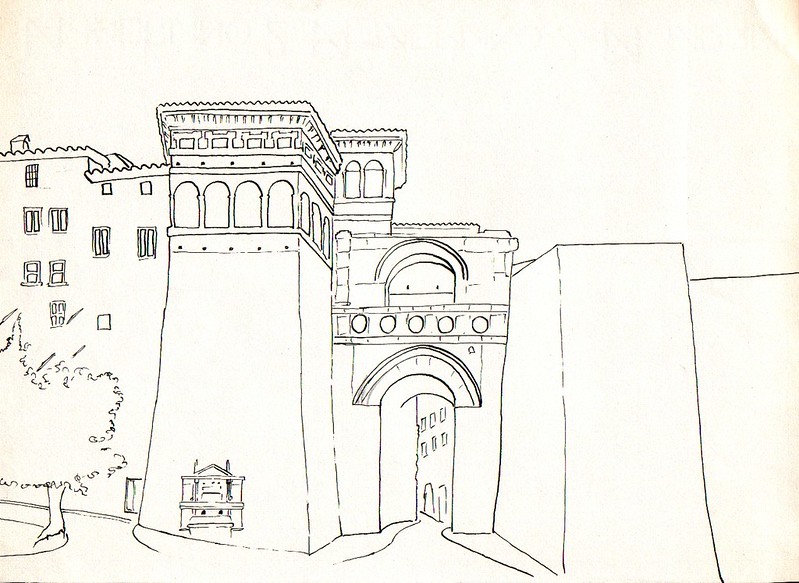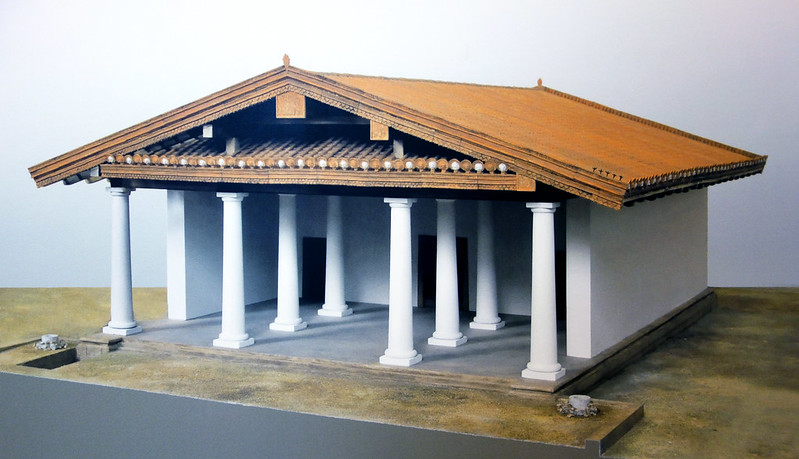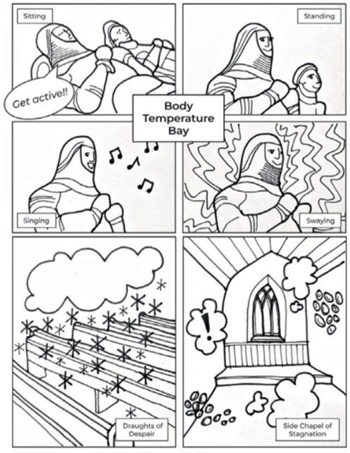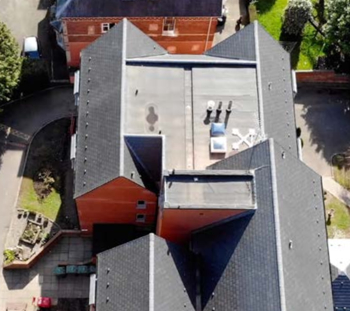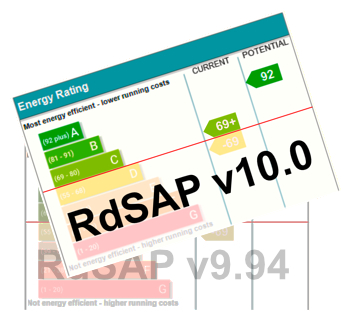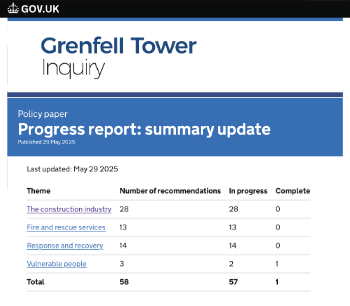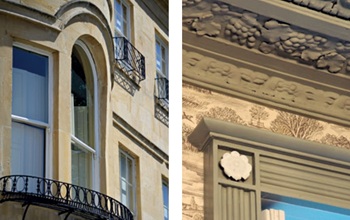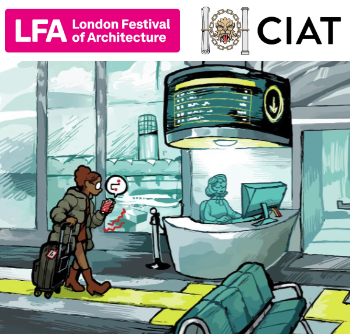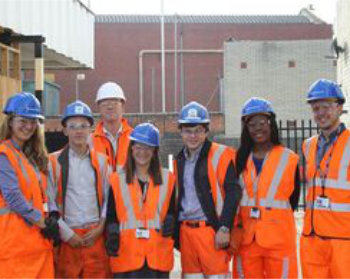Etruscan architecture
Model of an Etruscan temple.
It is believed that the Etruscan architectural tradition developed around the seventh century BC, perhaps as a result of Greek colonisation that took place in southern Italy. Very little Etruscan architecture survives, as many of the cities were destroyed by the Romans who built over them during the rise of the Roman Empire. Some of their city walls and characteristic masonry arched gateways remain.
Sketch of the Etruscan Arch, Perugia (also known as Porta Augusta).
Unlike the Greeks (and later, the Romans) who used stone, the Etruscans favoured building using wood, clay, brick and tufa (building blocks made from the region’s volcanic ash). Stone was reserved for city walls, building foundations and tombs. The traces of Etruscan architecture that have been preserved are primarily religious temples where stone was used for the foundations.
Reconstruction of an Etruscan Temple of the 6th century, according to Vitruvius.
There are ancient Roman descriptions (particularly those by Vitruvius) that remark upon rich facade decorations, but stocky elegance was the underlying characteristic of these structures.
The shape of Etruscan columns was influenced by the simplicity of the Greek Doric order. However, because they were placed widely apart, their ratios and proportions were more in line with the Greek Ionic order. Their wooden columns were decoratively painted. Sometimes they also featured bases and capitals adorned with painted terracotta decorations.
[edit] Related articles on Designing Buildings Wiki
Featured articles and news
Professional practical experience for Architects in training
The long process to transform the nature of education and professional practical experience in the Architecture profession following recent reports.
A people-first approach to retrofit
Moving away from the destructive paradigm of fabric-first.
International Electrician Day, 10 June 2025
Celebrating the role of electrical engineers from André-Marie Amperè, today and for the future.
New guide for clients launched at Houses of Parliament
'There has never been a more important time for clients to step up and ...ask the right questions'
The impact of recycled slate tiles
Innovation across the decades.
EPC changes for existing buildings
Changes and their context as the new RdSAP methodology comes into use from 15 June.
Skills England publishes Sector skills needs assessments
Priority areas relating to the built environment highlighted and described in brief.
BSRIA HVAC Market Watch - May 2025 Edition
Heat Pump Market Outlook: Policy, Performance & Refrigerant Trends for 2025–2028.
Committing to EDI in construction with CIOB
Built Environment professional bodies deepen commitment to EDI with two new signatories: CIAT and CICES.
Government Grenfell progress report at a glance
Line by line recomendation overview, with links to more details.
An engaging and lively review of his professional life.
Sustainable heating for listed buildings
A problem that needs to be approached intelligently.
50th Golden anniversary ECA Edmundson apprentice award
Deadline for entries has been extended to Friday 27 June, so don't miss out!
CIAT at the London Festival of Architecture
Designing for Everyone: Breaking Barriers in Inclusive Architecture.
Mixed reactions to apprenticeship and skills reform 2025
A 'welcome shift' for some and a 'backwards step' for others.







